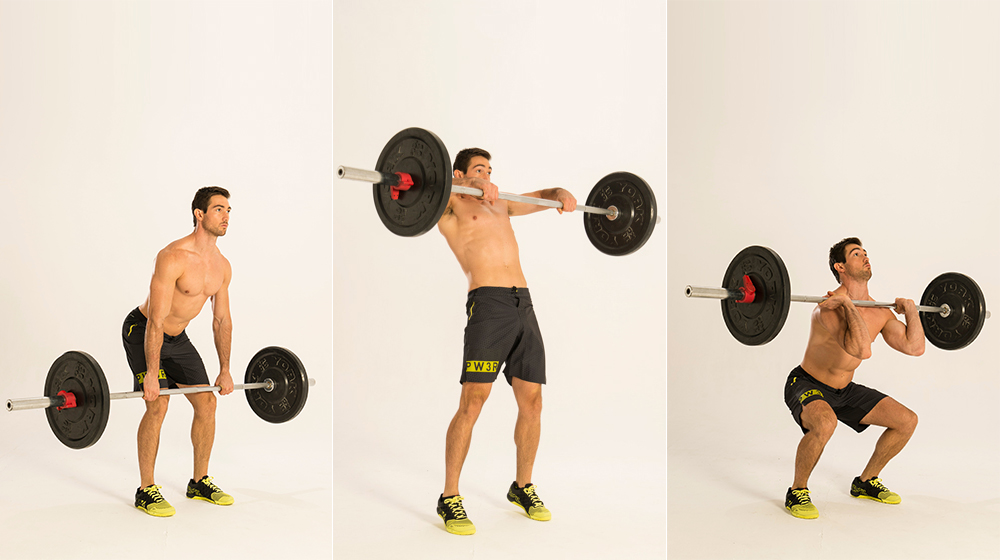Everyday tasks like lifting groceries, turning doorknobs, and cooking dinner often require us to use our wrists and hands. everyday tasks and sport activities require us to use our wrists and hands. Playing certain sports, such as tennis, also require adequate arm strength and proper technique.
Occasionally, the outer part of the elbow becomes painful and tender. This is usually as a result of a specific strain, overuse, or a direct injury. Sometimes no specific cause is found.
In today’s blog post, we’ll discuss the factors that contribute to “tennis elbow”, or lateral epicondylitis, as well as the rehabilitation for this common condition.
How Do I Know If I Have Tennis Elbow?
- Recurring pain on the outside of the upper forearm just below the bend of the elbow. Occasionally, pain radiates down the arm toward the wrist.
- Pain occurs when lifting or bending the arm, or when grasping light objects (such as a cup of coffee).
- Difficulty extending the forearm fully (because of inflamed muscles, tendons and ligaments).
- Pain that typically lasts for six to 12 weeks. The discomfort can continue for as little as three weeks or as long as several years.
How Does Lateral Epicondylitis Occur?
Although called “tennis elbow”, lateral epicondylitis is much more common in people who are over-using their arm doing something else.
This condition is most commonly caused by overusing the wrist extensor muscles, which attach to the bone at the outer part of the elbow (the lateral epicondyle). When strained or overused, the wrist extensor muscles become inflamed, swollen, and painful to touch.
What Can I Expect from Rehabilitation?
Lateral epicondylitis is a common and often lingering pathologic condition. It is critical, therefore, that you progress your rehabilitation only when you experience minimal or no pain. As a general guideline, the more chronic or longer you have experienced the condition, the longer the recovery time will be.
What Kind of Rehabilitation is Appropriate for Epicondylitis?
- Phase 1: Decrease inflammation and pain, promote tissue healing, and prevent muscle atrophy.
(Education, RICE principle, Manual therapy and modalities) - Phase 2: Improve flexibility, increase strength and endurance, increase functional activities and return to function. (Stretching and Strengthening of forearm musculature)
- Phase 3: Improve muscular strength and endurance, maintain and improve flexibility, and gradually return to prior level of sport or high level activity. (Progressive return to functional activities – sport, work, daily activities)
Your therapist can also provide information on bracing, taping and equipment modification.
Experiencing tennis elbow, or other chronic sports injuries? Sports & Exercise Medicine Institute is the leading sports medicine, physiotherapy, and chiropractic clinic in the Greater Toronto Area. We offer expert diagnoses, a variety of treatment options, and high-quality care. Click here to learn more about the services we offer, or contact us to schedule an appointment.






